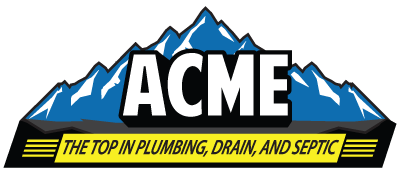Preventing Future Clogs: Maintenance Tips for Keeping Your Drains Flowing Freely
Clogged drains are an inconvenience that every homeowner wants to avoid. From slow-draining sinks to unpleasant odors, the signs of a clogged drain can disrupt your daily routine and potentially lead to more severe plumbing issues. The good news is that with regular maintenance and a few proactive measures, you can keep your drains flowing freely and prevent future clogs. Here are some essential maintenance tips to help you maintain a healthy plumbing system:
1. Use Drain Covers
One of the simplest and most effective ways to prevent clogs is by using drain covers. These inexpensive devices catch hair, food particles, and other debris before they can enter your pipes. For bathroom drains, choose covers specifically designed to trap hair. In the kitchen, use strainers to catch food scraps and prevent grease buildup. Regularly cleaning these covers will ensure they remain effective.
2. Avoid Pouring Grease Down the Drain
Grease and oil are major culprits when it comes to clogged kitchen drains. When poured down the drain, they can solidify and create blockages. Instead of disposing of grease and oil in your sink, let them cool and solidify in a container, then throw them in the trash. Alternatively, you can pour liquid grease into a sealable container and dispose of it properly.
3. Be Mindful of What You Flush
Toilets are not designed to handle everything we might be tempted to flush down them. Items like wipes, sanitary products, cotton balls, and dental floss can cause severe clogs. Only flush toilet paper and human waste. Dispose of other items in the trash to keep your toilet drain clear.
4. Regular Cleaning with Natural Solutions
Chemical drain cleaners can be harsh on your pipes and harmful to the environment. Instead, opt for natural solutions to keep your drains clean. A monthly treatment of baking soda and vinegar can help dissolve buildup and keep your drains odor-free. Pour a half-cup of baking soda down the drain, followed by a half-cup of vinegar. Let it sit for about 30 minutes, then flush with hot water.
5. Use Hot Water Regularly
Running hot water through your drains can help prevent the buildup of grease, soap scum, and other residues. After using your sink, especially in the kitchen, run hot water for a few minutes to help flush away any potential blockages. This simple habit can significantly reduce the likelihood of clogs.
6. Schedule Professional Inspections
Regular inspections by a professional plumbing service like ACME Plumbing can identify potential issues before they become major problems. A plumber can use specialized tools to clean your drains thoroughly and inspect your plumbing system for signs of wear and tear. Scheduling an annual inspection can help maintain the health of your plumbing system and prevent unexpected clogs.
7. Be Cautious with DIY Remedies
While many DIY drain cleaning solutions can be effective, some methods can cause more harm than good. For instance, using a plumbing snake improperly can damage your pipes. If you’re unsure about a particular method or if you have a persistent clog, it’s best to call a professional plumber for assistance.
8. Educate Household Members
Ensure that everyone in your household knows the basics of drain maintenance. Teach them what can and cannot go down the drains and encourage good habits like using drain covers and disposing of grease properly. Collective effort can go a long way in maintaining free-flowing drains.
Preventing clogs is all about regular maintenance and being mindful of what goes down your drains. By incorporating these tips into your routine, you can keep your plumbing system in good condition and avoid the hassle and expense of dealing with clogged drains and drain cleaning. Remember, a little proactive care can save you a lot of trouble in the long run, ensuring that your drains remain clear and functional.
